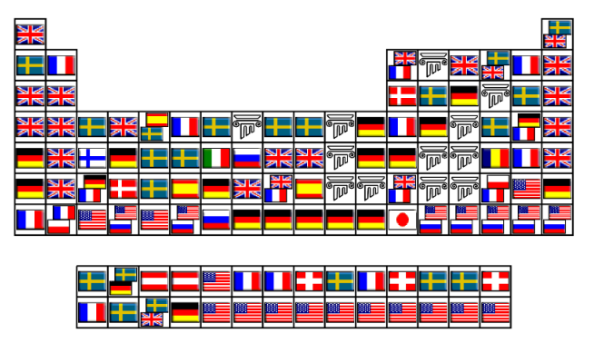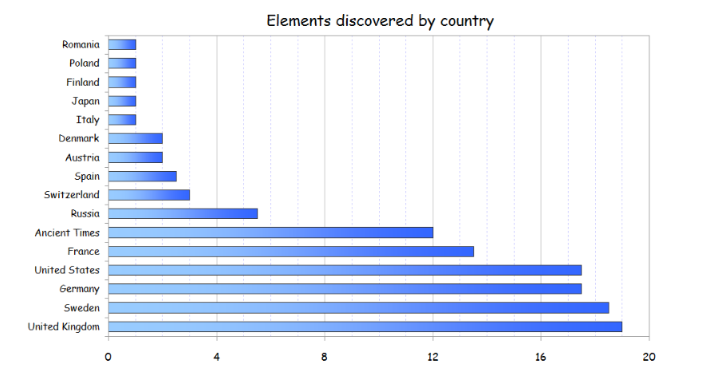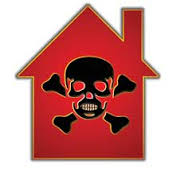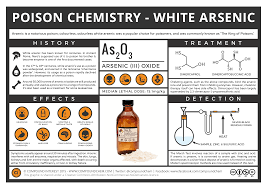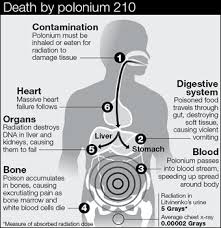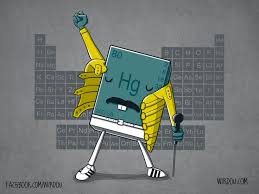Among multiple possibilities that contain mathematics, mathematical intercourses allow to synthesise scale’s notes in order to ensure a perfect harmony.
One interesting application is the canon written by JS Bach of his “musical offering”.

He combined the notes in the good place, upside, and criss-crossed and superposed.
It called the notion of a Moebius band. It’s a geometric figure with very interesting properties:
It’s a 3D geometric figure which has only one face and can’t be cut in two its length :

Leibnitz quoting ” music is an exercise in arithmetic as mind ignores that there are”
Effectively, all notes are 3/2 multiples, it’s the circle of fifths.
We can find
- the cycle of ascending fifths
- the cycle of descending fifths
- and alternating circle of fifths
Therefore, when we talk about range we’d rather talk about spiral of fifths:
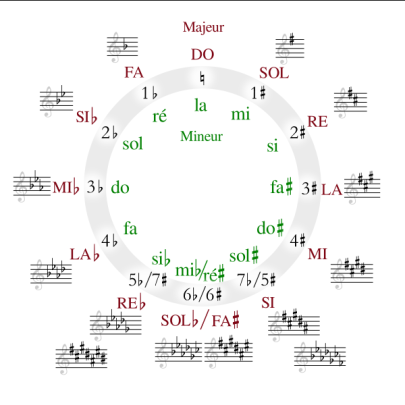 On the right of every note we find the note that is a straight above.
On the right of every note we find the note that is a straight above.
According to a tense rope, mathematicians like Pythagorus have noticed when we devised into two the length of the rope we obtain the same note but a two times acuter musical sound. (In fact we multiply the frequency of the initial sound by two. It is said that the sound is an octave higher. While when dividing the frequency of a sound by 3/2 it gives a different sound, acuter. It is said that the sound is a higher straight.
Thus, all the musical range is built on 3/2 multiples



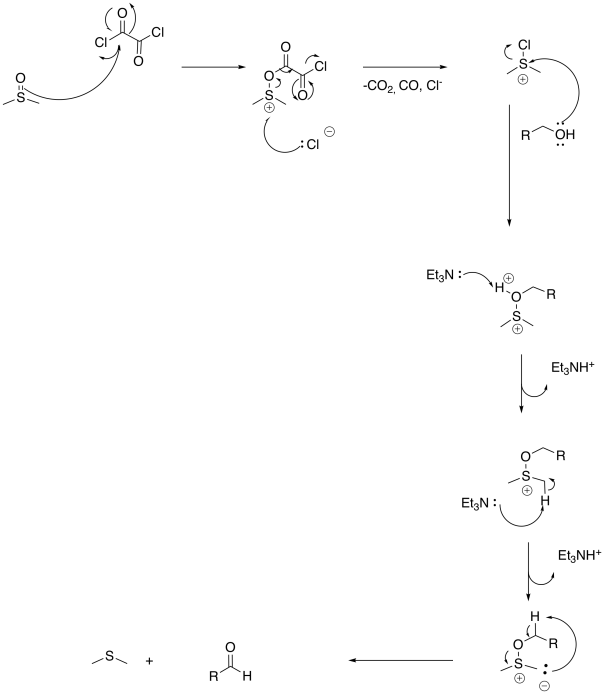


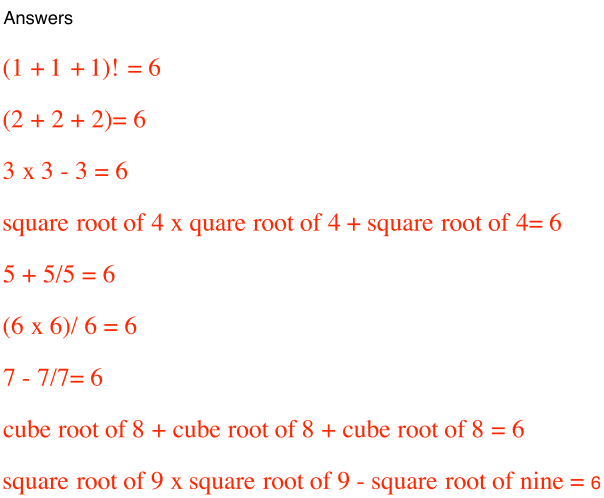


 So according to this table you can deduce a mass of 15 u.a is a fragment CH3:
So according to this table you can deduce a mass of 15 u.a is a fragment CH3:
